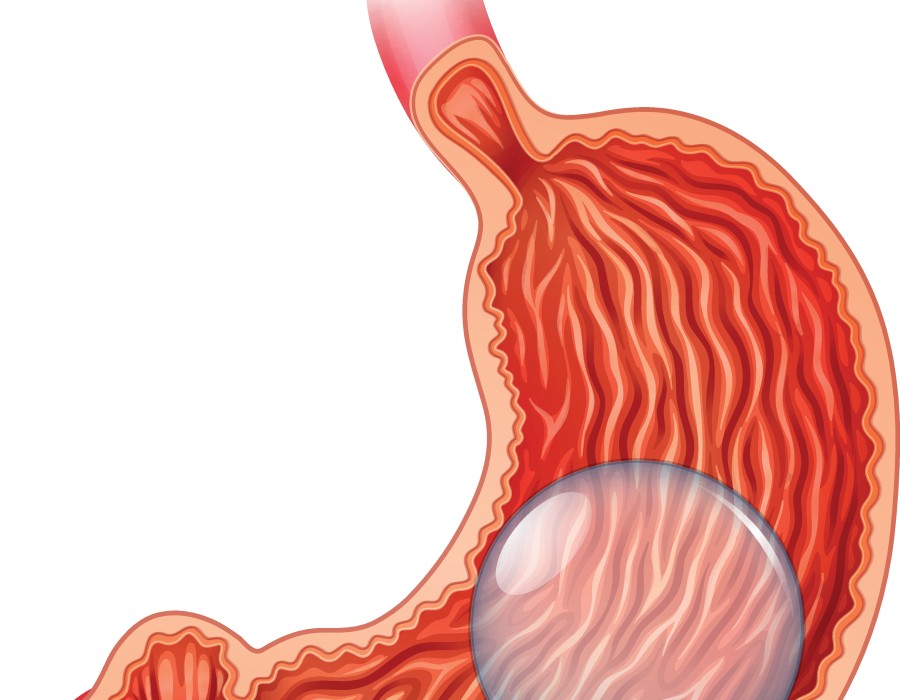Obesity has become a significant global health concern, leading to various medical conditions such as diabetes, hypertension, and cardiovascular diseases. As a result, many individuals are seeking effective weight loss solutions that do not involve invasive surgery. One such method is the gastric balloon procedure, a non-surgical weight loss treatment designed to help individuals achieve a healthier body weight. This procedure involves placing a silicone balloon inside the stomach to create a feeling of fullness, reducing food intake and promoting weight loss.
Understanding the Gastric Balloon Procedure
The gastric balloon procedure is a temporary, endoscopic weight loss solution that aids in portion control and dietary changes. Many people consider Gastric balloon in Dubai as a viable alternative to more invasive weight loss surgeries. It is typically recommended for individuals with a body mass index (BMI) between 30 and 40 who have struggled with traditional weight loss methods such as diet and exercise. The balloon remains in the stomach for several months before being removed, allowing patients to develop healthier eating habits.
Step-by-Step Process of the Gastric Balloon Procedure
Pre-Procedure Preparation
Before undergoing a gastric balloon procedure, patients must go through a thorough medical evaluation to ensure they are suitable candidates. This assessment includes a review of their medical history, physical examinations, and diagnostic tests such as blood work and imaging.
Doctors typically advise patients to follow specific dietary guidelines before the procedure, such as consuming a liquid diet for a day or two to prepare the stomach for balloon insertion. Additionally, fasting for a few hours before the procedure is necessary to minimize complications.
Balloon Insertion
The actual procedure is performed endoscopically, meaning it does not require surgical incisions. It is carried out in a hospital or clinic setting by a gastroenterologist under mild sedation or local anesthesia.
- A thin, flexible tube called an endoscope is inserted through the mouth and guided into the stomach. This tube has a camera attached, allowing the doctor to visualize the stomach lining.
- The deflated gastric balloon is then introduced into the stomach through the endoscope.
- Once the balloon is correctly positioned, it is filled with a sterile saline solution or gas, expanding to occupy space in the stomach.
- The procedure typically takes about 20-30 minutes, after which the patient is monitored for a few hours before being discharged.
Post-Procedure Recovery
After the procedure, patients may experience mild discomfort, nausea, or bloating as their body adjusts to the balloon. These symptoms are temporary and usually resolve within a few days.
Doctors provide patients with specific dietary guidelines, starting with a liquid diet for the first few days. This gradually progresses to soft foods before transitioning to a regular diet. Patients are also encouraged to drink plenty of fluids and avoid carbonated beverages to prevent stomach irritation.
How the Gastric Balloon Aids in Weight Loss
The gastric balloon works by reducing the stomach’s capacity, leading to early satiety and decreased food intake. It encourages patients to adopt healthier eating habits by making them more conscious of portion sizes and meal choices. Additionally, the balloon slows down the rate at which food passes through the stomach, helping individuals feel full for longer periods.
The success of the procedure largely depends on a patient’s commitment to making lifestyle changes. A well-balanced diet, regular physical activity, and behavioral modifications are essential to maximize weight loss results and prevent weight regain after balloon removal.
Balloon Removal Process
The gastric balloon is designed to be a temporary weight loss aid and is typically removed after six months. The removal process is similar to the insertion procedure and involves:
- Sedation or local anesthesia to keep the patient comfortable.
- Deflating the balloon using a specialized needle inserted through the endoscope.
- Extracting the deflated balloon through the mouth.
The removal process usually takes about 20-30 minutes and does not require an extended recovery period. After removal, patients are advised to continue following a healthy diet and lifestyle to maintain their weight loss results.
Who Is an Ideal Candidate for the Gastric Balloon?
Not everyone is a suitable candidate for a gastric balloon procedure. Ideal candidates include:
- Individuals with a BMI between 30 and 40.
- Those who have not been able to lose weight through conventional methods.
- People who are committed to long-term lifestyle changes.
- Individuals without a history of gastrointestinal disorders or previous stomach surgeries.
Patients who are pregnant, have severe acid reflux, or suffer from bleeding disorders may not be eligible for the procedure. A thorough medical evaluation is essential to determine suitability.
Benefits of the Gastric Balloon Procedure
The gastric balloon offers several advantages over other weight loss methods, including:
- Non-Surgical Approach: No incisions or stitches are required, reducing the risk of complications.
- Short Recovery Time: Most patients can resume normal activities within a few days.
- Effective Weight Loss: Patients can lose an average of 10-15% of their body weight during the six-month period.
- Improved Metabolic Health: The procedure can help improve conditions such as diabetes, high blood pressure, and sleep apnea.
- Enhanced Eating Habits: Patients develop better portion control and mindful eating behaviors.
Conclusion
The gastric balloon procedure is an effective and minimally invasive weight loss solution for individuals struggling with obesity. By creating a feeling of fullness and encouraging healthier eating habits, the balloon helps patients achieve sustainable weight loss results. However, long-term success depends on the commitment to a healthy lifestyle after balloon removal. Consulting a medical professional and following post-procedure guidelines are crucial steps in ensuring optimal outcomes.






Comments